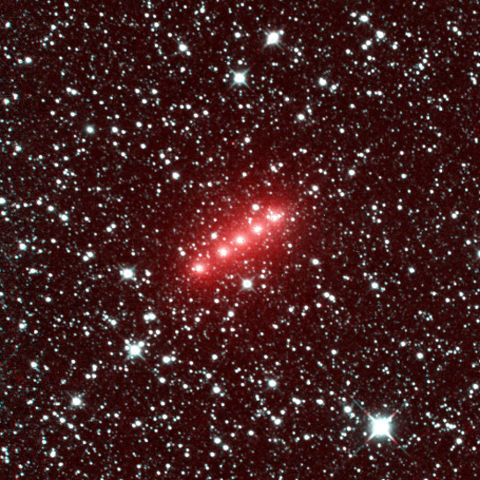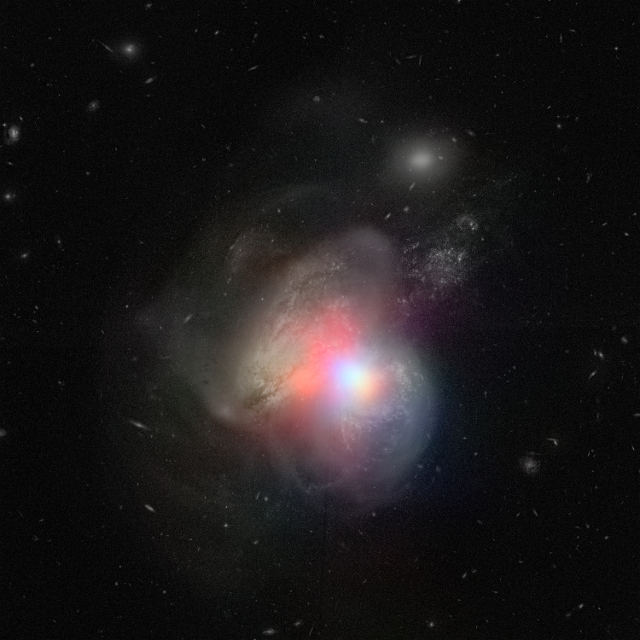
We know that NASA’s Mars Opportunity rover is chocked full of cameras and instruments that have been sending back reams of data. Included are four wide angle black and white cameras that use visible light to help the rover avoid crashing into things and to keep it from getting lost on its Martian mission. These are appropriately labeled Hazard Avoidance Cameras (Hazcams). The above picture was taken by one of the Hazcams as Opportunity traversed through the western rim of Endeavour Crater in November of 2014. The picture shows us Opportunity’s robotic arm and portions of the pale Mars bedrock that were a subject of further study.



